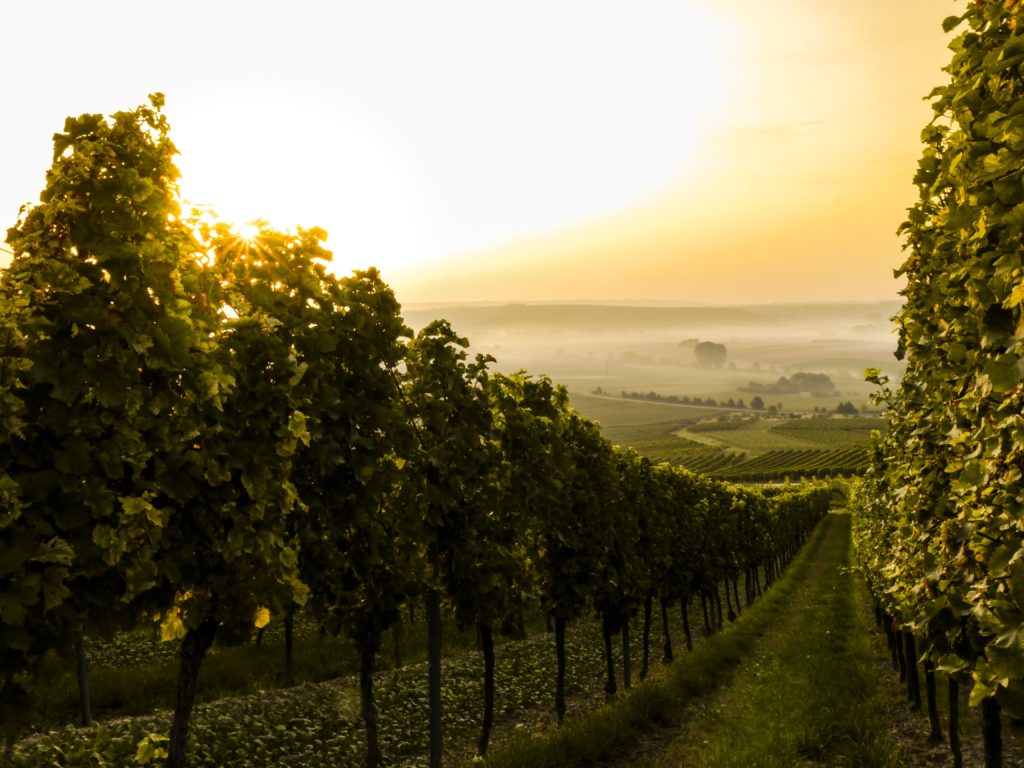It’s been an amazing summer and will hopefully be a warm and cozy fall.
That means there is still ample opportunity for backyard picnics, time spent on the beach or the backyard, BBQ’s, parties, and long conversation-filled hours spent dining al fresco.
Each one of these delightful events has one thing in common for most of us – free-flowing alcohol.
Now I love a delicious glass of St. Emilion as much as the next person (actually I may love it a bit more than the next person #teamrightbank!). Still, there is a little-known fact that once you know it, is hard to unknow: that beautifully complex and delicious Bordeaux is oozing with a little compound known as ethanol.
What is ethanol? It’s a base of vanilla extract, and those expensive lotions that are probably in your cabinet. But it is also a solvent (something used in order to dissolve substances) of organic chemicals, an additive to the gasoline you put in your car, and makes up around 13% of every glass of wine you drink.
It is also a neurotoxin. It’s that characteristic that makes you feel “tipsy” when you drink it. When your liver processes it, that ethanol becomes a carcinogen, fondly known as acetaldehyde – an inflammatory carcinogen.
Now, we’ve obviously been making and drinking wine since the beginning of time. And grown and made well, it’s delicious and the perfect way to accentuate a delicious meal. But as someone passionate about both gastronomy — and taking care of my body — I feel it’s important to be cognizant of the power ethanol may have on your body and brain.

What Ethanol Does In Your Body
On the most acute level, ethanol creates inflammation, depresses the central nervous system, suppresses melatonin production and REM sleep (decreasing sleep quality and overall restfulness), and inhibits the liver’s ability to fully repair itself.
Although in modest doses it depresses your inhibitory neurons – making you more willing to dance on the table and otherwise have a “good time” — at higher concentrations, it impairs cerebellar function and inhibits your prefrontal cortices’ ability to make executive decisions— you know that part of your brain that we work so hard to optimize for focus and high performance!
There are some optimistic findings that would indicate that in low dosage, alcohol consumption may improve glymphatic function— the brain’s ability to clear itself of potential harmful debris.
But the question is, is the cost of depressed sleep quality, nervous system function, and increased inflammation worth the possibility of a “good time” and a little brain decluttering?
As you may know, I believe in being a qualitarian — in which you consume foods, and measures of foods that make your brain and body feel and function best! A large part of that approach is consuming everything mindfully. And choosing to drink, or not drink, alcohol may be the epitome of adopting this approach.
If you’re being mindful, you will almost certainly find times where you want the social and relaxing characteristics of alcohol, but without the negative side effects. When that moment strikes (or if you want to make it a permanent choice), the good news is that there are now many great non-alcoholic options to help:
- Seedlip – As far as non-alcoholic cocktails go, seedlip is my Queen! As someone who prefers a more earthy and fresh flavor (rather than sweet or fruity) Garden 108 is absolutely the best. This is most akin to a gin and tonic.
- Töst – As a champagne lover, I have to admit that I am a snob about my bubbles – how long do they last, what size are they, how do they form in the glass? If you’re skipping the alcohol, but still want something that feels celebratory, comes in a pretty bottle, and won’t give you a whopping headache in the morning, Töst is an excellent choice! I have yet to try their Rosé, but their original is a summery delight!
- Ghia – A summer spent in Italy (or almost anywhere, really!) means an icy Aperol Spritz, am I right? Put together a splash of Ghia, some sparkling water, a sprig of rosemary, and fresh slice of orange zest, and you’ve got yourself a fresh Aperol substitute with just the right amount of bitter.
- Rishi Tea Sparkling Botanicals – I am not a huge fan of sweet cocktails. That’s why I’m a fan of Rishi’s Sparkling Botanicals. They are fresh, bubbly, and their minimal herbal and botanical ingredients are sourced directly from artisan growers. There’s no sugar — and no fake sugar either! – just pure deliciousness. Dandelion Ginger is my hands-down favorite!
- DIY Mocktail — And don’t think you need to go buy something pre-prepared. You can absolutely make your own fun and fresh mocktail at home. Just slice up some lime and apple, take the remains of fennel fronds from dinner prep, add a sprig of rosemary, and let it all sit in a jar overnight with either flat or sparkling water (whichever you prefer). It taste lime-aidy and feels like summer in a jar!
Whether you enjoy that glass of right bank Bordeaux or one of these alternative, alcohol-free options as you wind up summer and head into fall, just do it mindfully. You and your body deserve it!
